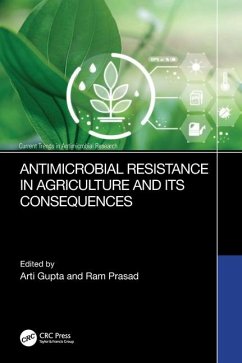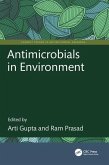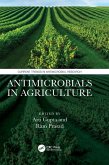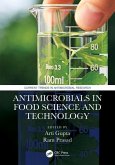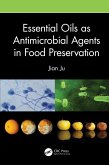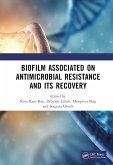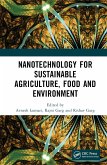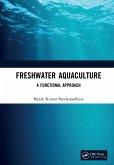This book offers comprehensive coverage of all manifestations of resistance in combating infectious diseases and explores advances in antimicrobial resistance in agriculture and their applications in the fight against microbes. It discusses and compares biological, biochemical, and structural aspects of resistance and its evolution. This is a comprehensive tool covering all manifestations of antimicrobial resistance and microbial resistance genes. In addition, it also provides a variety of photographs, diagrams, and tables to help illustrate the material. Novel strategies to combat antimicrobial resistance are also described, emphasizing collaborative measures of control. The underlining molecular mechanisms, which depend not only on the microbe but on the specific drug (target) molecule, are highly diverse and are covered in great detail.
Students, researchers, scientists, practitioners, academics, computational biologists, stakeholders, and policymakers can benefit from using Antimicrobial Resistance in Agriculture and its Consequences as a resource that addresses microbial biotechnology, microbiology, ethnopharmacology, toxicology, medicinal plant products, and all disciplines related to antimicrobial research.
Features of the book:
Covers antimicrobial resistance in agriculture with up-to-date researchIncludes recent references on each plausible antimicrobial resistance in agricultureDetails the possible spread of antibiotic resistance bacteria from animals to humansProvides several perspectives in the resistance flux with modern agricultural practicesDescribes the public health impact of the use of antibiotics in agriculturePresents cutting-edge research on epigenetics, nanotechnology, and emergent antimicrobial technologiesOutlines recent laws and regulatory guidelines in the federal agency, responsibility, and authority
Students, researchers, scientists, practitioners, academics, computational biologists, stakeholders, and policymakers can benefit from using Antimicrobial Resistance in Agriculture and its Consequences as a resource that addresses microbial biotechnology, microbiology, ethnopharmacology, toxicology, medicinal plant products, and all disciplines related to antimicrobial research.
Features of the book:
Covers antimicrobial resistance in agriculture with up-to-date researchIncludes recent references on each plausible antimicrobial resistance in agricultureDetails the possible spread of antibiotic resistance bacteria from animals to humansProvides several perspectives in the resistance flux with modern agricultural practicesDescribes the public health impact of the use of antibiotics in agriculturePresents cutting-edge research on epigenetics, nanotechnology, and emergent antimicrobial technologiesOutlines recent laws and regulatory guidelines in the federal agency, responsibility, and authority

